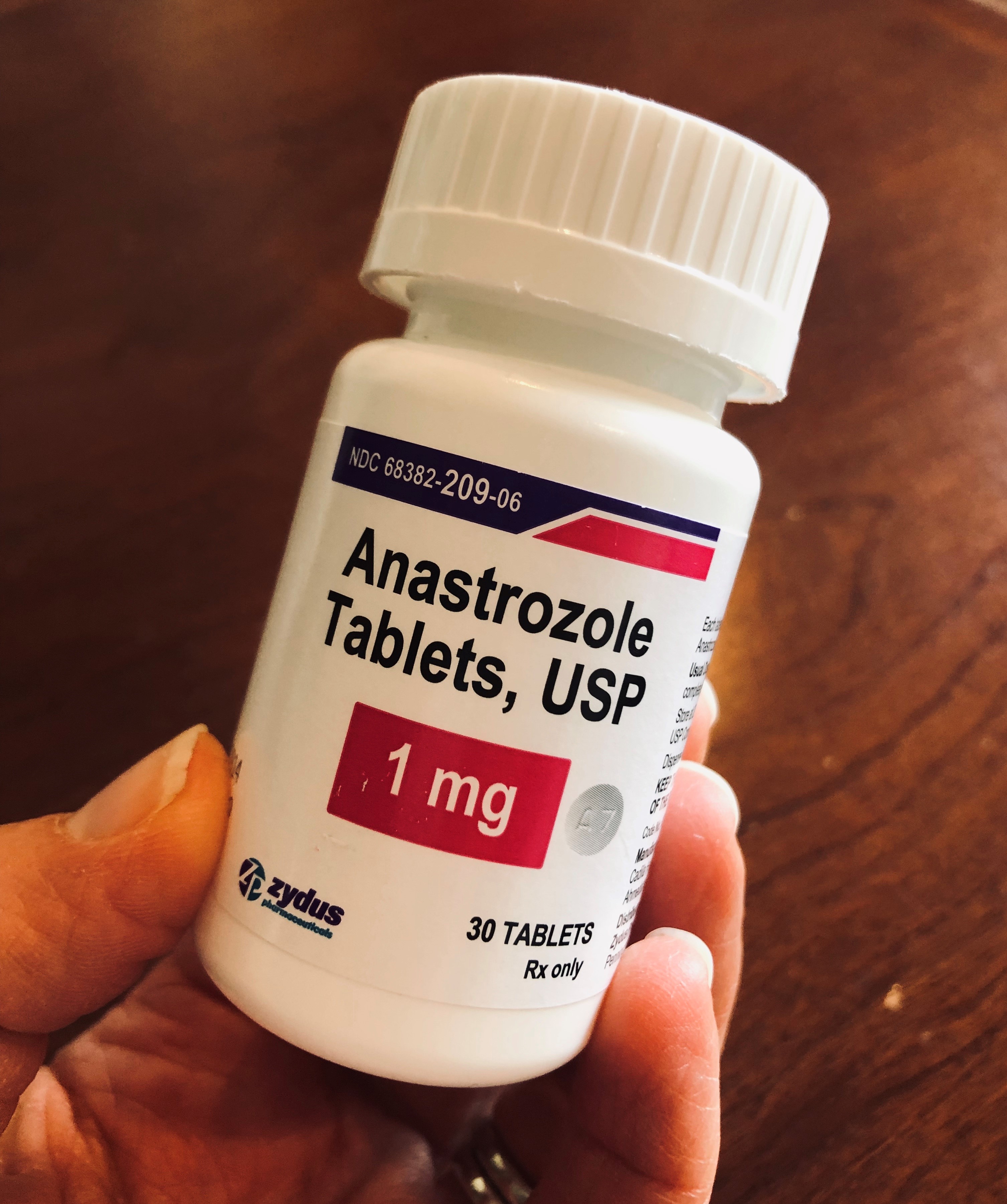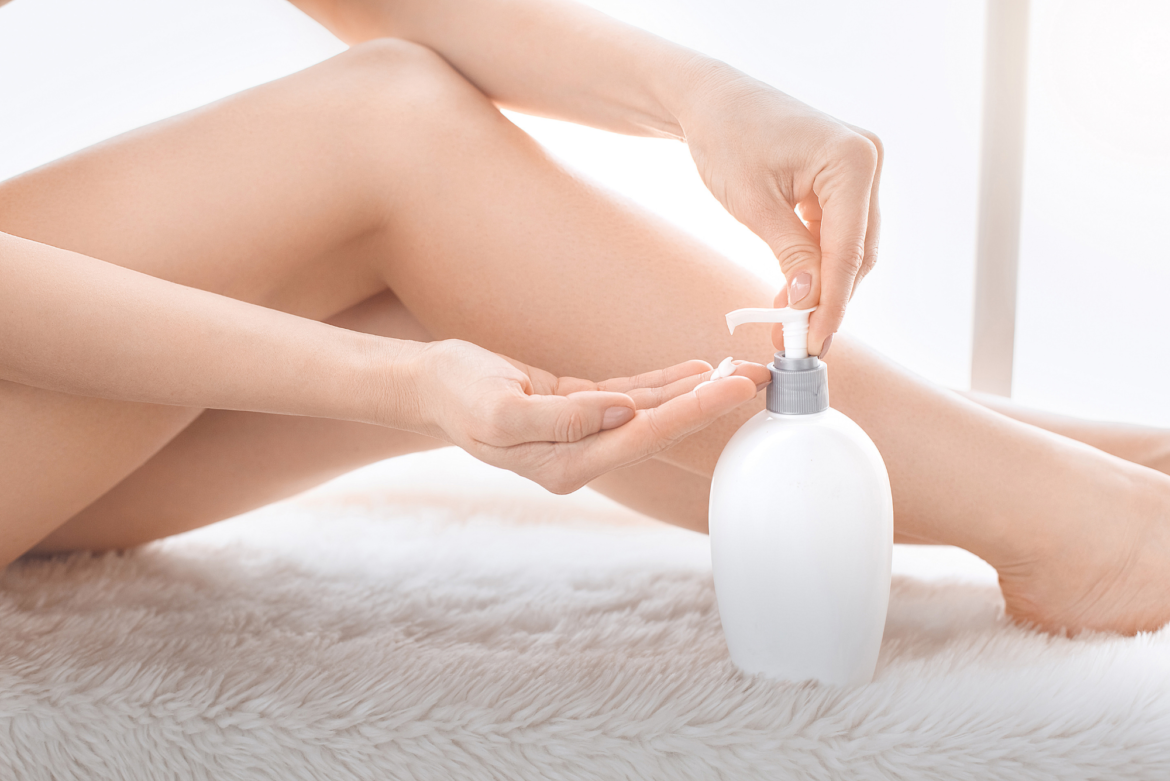Conventional wisdom often dictates a mindset of moderation when it comes to unhealthy choices. Most of us know that sugary candy, desserts, fried foods and alcoholic beverages aren’t good for us, but can be enjoyed on occasion with little to no harm as part of a balanced lifestyle.
So it’s not surprising when smart people dismiss the danger associated with harmful chemicals in products used daily.
It’s certainly reasonable to believe that trace amounts of many chemicals present little to no health concern. However there’s a class of chemicals that present an important distinction when it comes to your long-term health. A category for which the exact opposite is the case.
Download Sharon's FREE Label Reading Guide
Endocrine Disrupting Chemicals
You may have heard of Endocrine Disrupting Chemicals (EDCs), especially if you’ve been following me for any length of time. These words roll off my tongue pretty easily, but believe me, it took a lot of exposure and rehearsing for me to really absorb not only how to say this phrase, but also what it means.
I’ll do my best to boil it down to the nitty gritty.
EDCs are synthetic chemicals that mimic or interfere with hormones in the body.
The term EDC was coined way back in 1999 (ancient history!) by a group of scientists who convened to assess what was known about chemicals in the environment that were affecting wildlife.1 A fascinating book surrounding scientific observations associated with this issue, Our Stolen Future, can be found on the Resources page of this blog, also linked here for easy reference.
The endocrine system regulates nearly all biological processes in the human body via a network of glands that produce hormones. And hormones are super sensitive chemical messengers that are excreted into the bloodstream and are responsible for a host of functions within the body. They affect critical functions like growth and development, metabolism, mood, sexual reproduction, etc.2 3
When most of us think about hormones, it’s estrogen and testosterone that come to mind. However the endocrine system is quite broad, including hormones such as cortisol, TSH (thyroid stimulating hormone), epinephrine, melatonin, insulin, leptin and many, many more.
But I don’t want to get all technical on you.
The secret I’ve learned and want to share is that small daily exposure to endocrine disrupting chemicals can trigger a cascade of reactions within the body, sometimes with devastating results. And sadly, there are synthetic chemicals used in everyday personal care products that are known to disrupt functioning of the endocrine system.
I’m sorry. And you’re welcome.
About Those Pesky Parabens
Arguably the most widely known EDCs in personal care products are parabens, which are used as a preservative in water-based products like lotions, shampoos and cleansers. Since water is a breeding ground for bacteria, a potent preservative is needed to prevent microbial growth in products available through retail distribution (eg, your local grocery or drug store), because of the lengthy time between when a product is made and when it’s used.
While the industry’s self-policed Cosmetics Ingredient Review (CIR) board recommends limits for paraben concentration (up to 0.8%) in a single product, these recommendations don’t account for exposure to parabens across several products by a single individual.4
Have I mentioned that parabens are known to mimic estrogen?5 6 7 And that they can enable hallmarks and characteristics of cancer?8 And that they’ve have been found to render a cancer medication called Tamoxifen to be ineffective?9
… yikes!
But really, how much are we actually exposed to, and is that enough to influence any kind of change in the body?
Grab Your Calculator
Now you know me … I always want to dig deeper. So I decided to do a bit of math to see how much parabens a person would be exposed to by using a single product on a daily basis. (Keep in mind that parabens may be present in multiple personal care products, but I want to take a conservative approach.)
And then compare this to the amount of active ingredient in medications that are designed to influence hormones in the body. Like insulin for diabetics, estradiol in birth control pills, or anti-cancer estrogen-blockers in Tamoxifen or Arimidex for women who’ve had estrogen receptive breast cancer (like me).
OK, so bear with me here …
Vaseline® Intensive Care Aloe Soothe lotion contains parabens. Let’s say it contains the maximum amount allowed, 0.8% by volume. A 20 ounce bottle contains 4,534.4 milligrams of parabens (feel free to check the math, it’s not my strong suit):

1 oz = 28.34 grams
20 oz of lotion x 28.34 g = 566.8 g of lotion
566.8 g of lotion x 1000 mg/g = 566,800 mg of lotion
Parabens concentration is 0.8% by volume, as per CIR
566,800 mg of lotion x 0.008 parabens = 4,534.4 mg of parabens in the bottle
That’s a big number, but milligrams are tiny. And that’s the whole bottle. So come on … it’s a stretch, right? Maybe, but maybe not. Let’s see the quantity of parabens in a single application of lotion.
Let’s say that an average amount of lotion used per day is 1/10th of an ounce. I think that’s super conservative, but it’s a starting point, if nothing else. So your 20 oz bottle of Vaseline® Intensive Care Aloe Soothe lotion contains 200 uses (20 oz ÷ 1/10th of an oz).
Divide the total amount of parabens in the bottle by the number of uses:
4,536 mg ÷ 200 uses = 22.7 mg of parabens per use
Now let’s say that only half of the parabens are absorbed. Again, pretty conservative assumption since most people don’t wash their lotion off at the end of the day. That’s still 11 mg of parabens being absorbed into the body, possibly every day.

Anastrozole is the generic name of Arimidex, a medication used to reduce risk of breast cancer recurrence in post-menopausal women
Take a look at the bottle of Arimidex, which I took daily for 10 years to reduce my risk of breast cancer recurrence … 1 mg of the active ingredient.
That’s right folks. Just one measly milligram of this medication that’s designed to affect a hormone in my body is what’s been PRESCRIBED to me by my oncologist.
Similarly the usual dose of Tamoxifen, an even more potent estrogen-blocker for pre-menopausal women, is 20 milligrams. And Loestrin, a popular birth control pill, contains 1 milligram of norethindrone and 10 micorgrams of estradiol, both a fraction of what you’d encounter if you used this lotion every single day.
Still think parabens in lotion are no big deal?
I get it. It’s overwhelming to think about. But no worries! I have your back! Join my FREE Toxic Free Friends Facebook group, where I share my current fav product recommendations!
Other common EDCs that are commonly used in everyday products, yet easy to avoid, include: phthalates10, triclosan11, octinoxate12, and BHA/BHT13
Footnotes:
- http://www.ourstolenfuture.com/consensus/wingspread1.htm
- https://www.webmd.com/diabetes/endocrine-system-facts#1
- https://www.hormone.org/your-health-and-hormones/glands-and-hormones-a-to-z
- http://www.safecosmetics.org/get-the-facts/chemicals-of-concern/parabens/#_edn3
- https://www.ncbi.nlm.nih.gov/pmc/articles/PMC5618656/
- https://www.sciencedirect.com/science/article/pii/S089062381000078X
- https://www.ncbi.nlm.nih.gov/pubmed/19654335
- https://www.ncbi.nlm.nih.gov/pubmed/25047802
- https://www.sfgate.com/news/article/Study-BPA-methylparaben-block-breast-cancer-2310172.php
- http://www.safecosmetics.org/get-the-facts/chemicals-of-concern/phthalates/
- http://www.safecosmetics.org/get-the-facts/chemicals-of-concern/triclosan/
- http://www.safecosmetics.org/get-the-facts/chemicals-of-concern/octinoxate/
- http://www.safecosmetics.org/get-the-facts/chemicals-of-concern/butylated-compounds/

